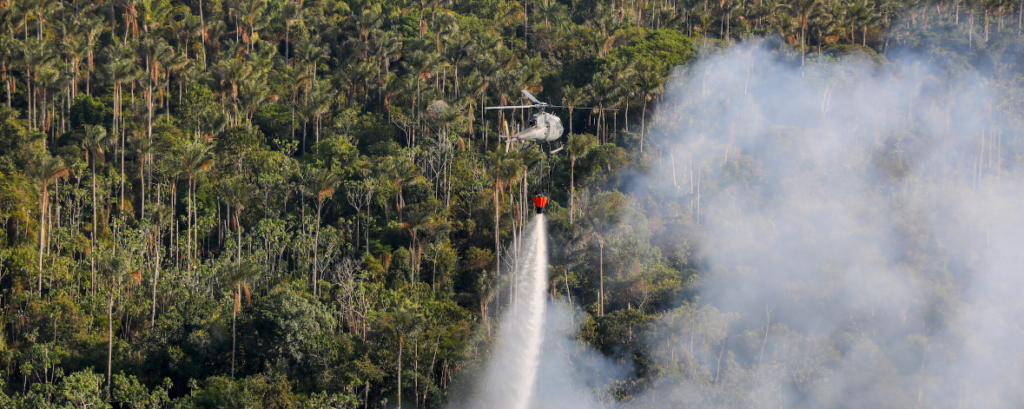
Climate change is turning the humid rainforest of the western Amazon into an ecosystem nearly 30 times more prone to fire, according to the 2023-2024 State of Wildfires report.
The study shows that between March 2023 and February 2024, rising temperatures, reduced rainfall, drier air and less resilient forests set up the region for a fire risk far greater than the forest would naturally experience.
Researchers found that the western Amazon, including areas in the Brazilian state of Amazonas, Peru’s Loreto department, and Bolivia’s La Paz and Beni departments, is now 20 to 28.5 times more prone to fire compared to a scenario without climate change. By comparison, the impact of climate change on fire risk in Canada’s boreal forests, which burned an area nearly the size of Ireland in 2023, was threefold.
“We’re seeing really large numbers, and it’s shocking, but we’ve seen significant drying in the Amazon Basin,” lead author Matthew Jones told Mongabay by phone. While climate change may have set the stage for last year’s fires, he added, it was human activity, such as large-scale criminal arson for land clearing and traditional use of fire escaping into larger expanses of forest, that ignited the flames.
Despite a 22% fall in deforestation in the Brazilian Amazon since President Luiz Inácio Lula da Silva took power in January 2023, the region is still suffering from a surge of wildfires engulfing large swaths of the forest.
The El Niño-fueled 2023 Amazon drought was one of the most severe in recent history, causing water levels in rivers like the Solimões, Negro and Madeira to drop to their lowest in more than 120 years.
Fire outbreaks in old-growth forest across Brazil’s Amazon soared by 152% in 2023. Amazonas state, which has the largest extent of preserved old-growth forests in the Amazon Basin, saw a record 3,181 fires in October 2023. Peru and Bolivia also set new forest fire records.
Without significant cuts in greenhouse gas emissions, Jones said, the region’s fire risk will continue to rise, as temperatures increase and rainfall patterns shift. “But in some very hopeful, potential reality, if we deliver on the Paris Agreement commitments, we can minimize any future change and keep the risk close to modern-day levels.”
Article Credit: news.mongabay